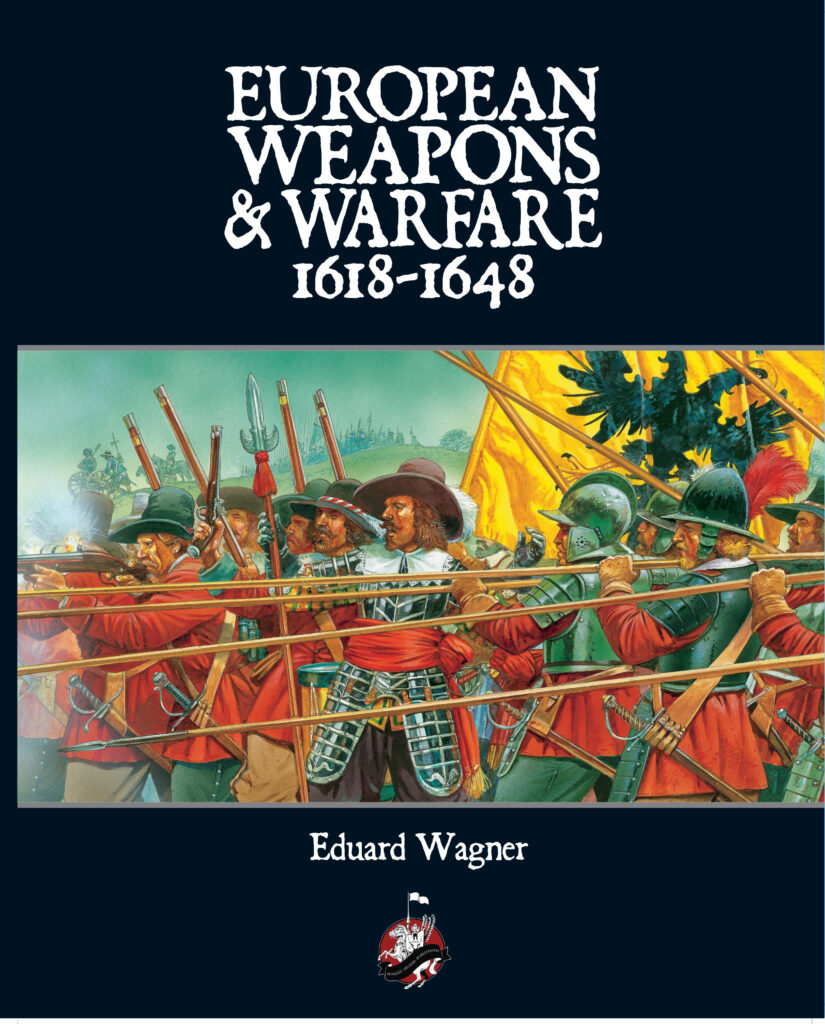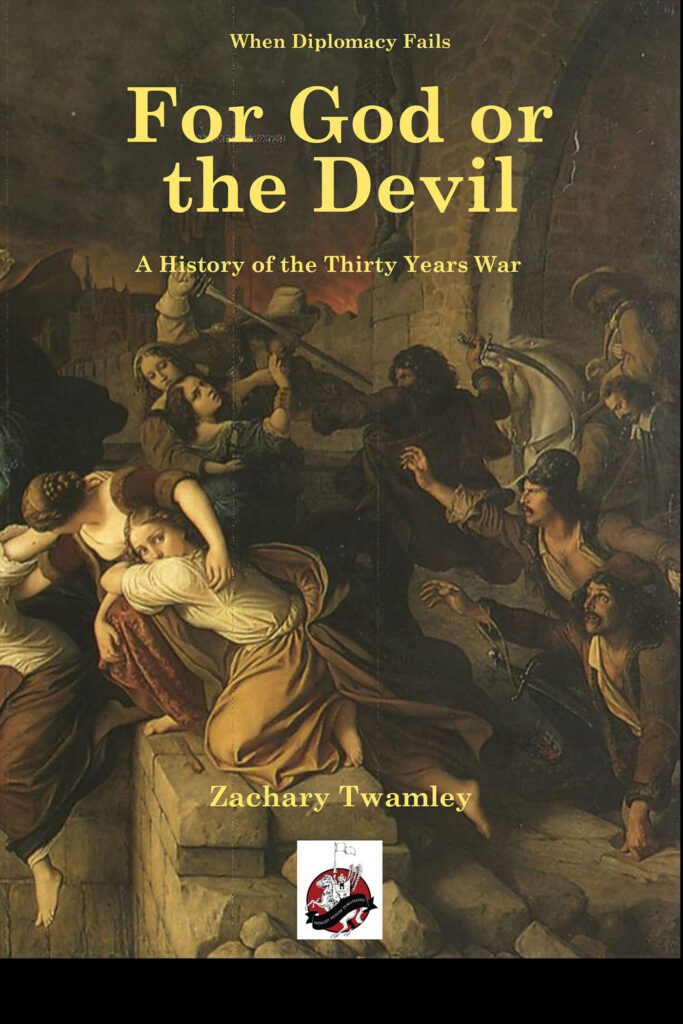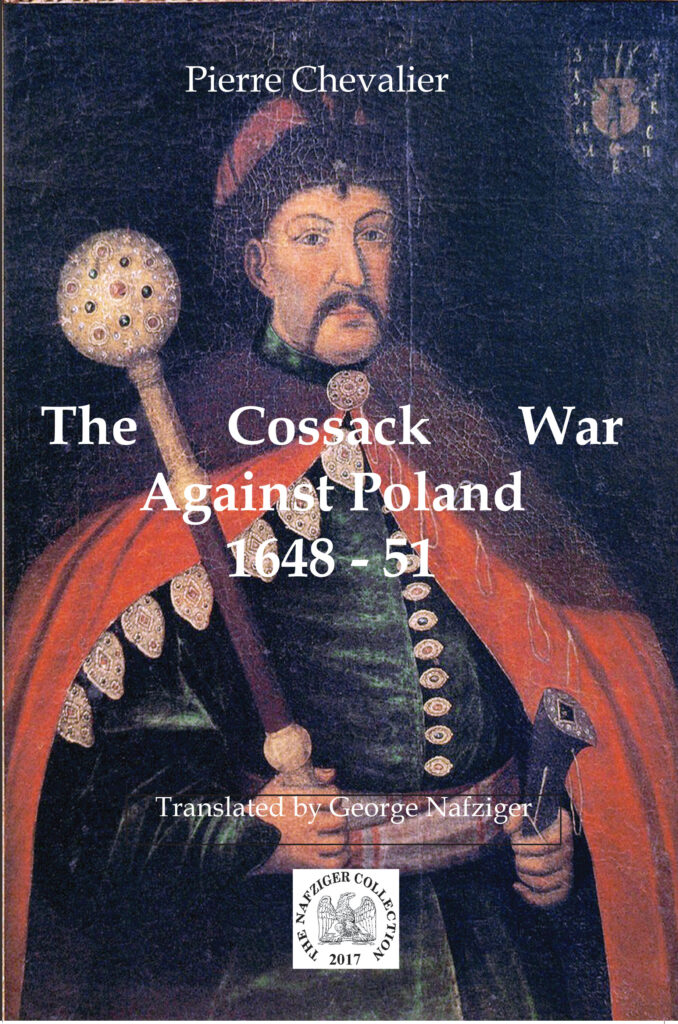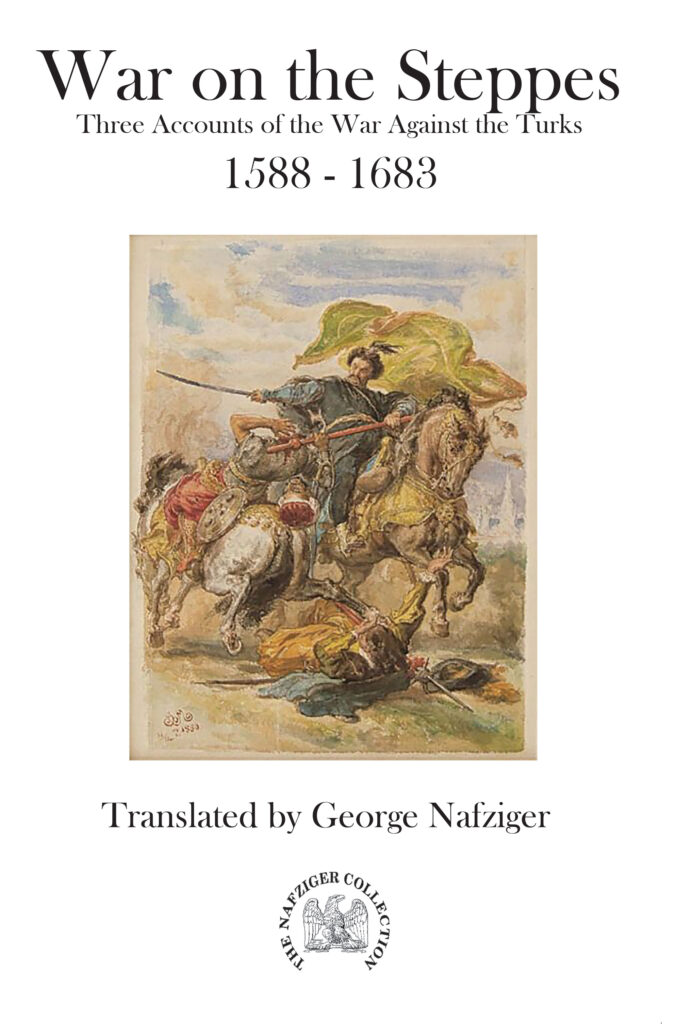Covering 1300 AD to 1700 AD

European Weapons & Warfare: 1618 – 1648
Eduard Wagner
A reprint of Eduard Wagner’s seminal work on the European armies (both Eastern and Western). This fully illustrated volume in color, details armies and their support from Britain to the middle east. This edition has been edited, updated and presented to you in paperback. Sections include information on the Infantry, cavalry, artillery, command, fortresses, siege warfare, weapons and support staff.
Paperback 978-09889532-5-3 $50.00 289pp
Those interested in this period might also look into the Sealed Knot Society that are reenactors of the English Civil War
http://www.thesealedknot.org.uk/
You might also be interested in the Hussar Supply Company which provides uniforms and ecutrements for Eastern Europe.

For God or the Devil : A History of the Thirty Years War
Zachary Twamley
Paperback 978-1945430-09-1 1,135pp $42.00
The year is 1618, and representatives of the powerful Habsburg’s have just been thrown out of the windows of Prague Castle. What happened next took virtually everyone by surprise, as a conflict unparalleled in its intensity, cost and of course in its duration. The Thirty Years War would not end until 1648, and in those three decades of conflict, new empires would rise, dynasties would crumble, incredible new innovations would be tested in murderous battlefields, and the religious makeup of Europe itself would be forever altered.
As this great European conflict that ranged from the Atlantic to the Black Sea, the mastery of the European continent was at stake, the chance for glory and influence in the name of a king. As the war raged on, those individuals that participated within it – be they Princes, Emperors, Kings or mere subjects – would be forced to pick a side. Would they choose the side of God, or of the Devil?
With this new study, Zachary Twamley examines the Thirty Years War in its entirety, following the conflict through its different phases, as new, dynamic, ambitious actors, like King Gustavus Adolphus of Sweden, Cardinal Richelieu in France, and even the Tsar of Russia became involved. Twamley’s narration covers several watershed moments, including the rise of the Dutch Republic, the terminal decline of Spain, and the arrival of France under King Louis XIV. It was a period of profound development and change, and upon its conclusion at the famed Peace of Westphalia, Europe would never be the same again.

The Cossack War Against Poland: 1648 – 51
By Pierre Chevalier. Translated by George Nafziger
Paperback 978-1-945430-19-0 $16.00 118 pp. / Ebook 978-1-945430-27-5 $8.99
This is the true history of the war made famous by the book and movie Taras Bulba and Henry Sienkiewicz’s historical novels. This is the story of a peasant revolt, but the peasants were the ferocious Cossack warriors of the steppes, who had as their allies the Tartars and the Ottomans. The original book was published in 1667 and its author was, apparently, an eyewitness to these events, or at least had the opportunity to speak to the people who were actively involved in them. This book has been translated by George Nafziger

War on the Steppes: Three Accounts of the War Against the Turks – 1588 – 1683
Translated by George Nafziger
978-1-945430-78-7 Paperback $15.00 135pp
This is three contemporary accounts of the wars of the 16th and 17th centuries. The first pertaining to Zamoyski’s campaign against the Tartars in 1588, the next two from the siege of Vienna in 1683. One from outside the city and the second from inside.
Zamoyski and the Defeat of the Tartars in 1588. Is an anonymous contemporary pamphlet on the campaign against the Tartars in 1588
The next are translations of two works published within the year of the siege of Vienna, 1683. The first starts with much of the European politics surrounding Austria in 1683 and the reason why all of Europe did not go to Vienna’s relief. It then begins a study of the maneuvers of the Christian army, Turkish siege operations, the defense of the city, and the great battle that relieved the city and broke the back of the Turks.
The second work is probably the more interesting in that it was written by a Frenchman who spent the siege within the walls of Vienna. He relates details of how the city was defended and actions taken by its commander, plus the situation of the Christian army, issues with the Hungarians, who were Turkish allies, the siege from both sides, and the climactic battle that ended the siege.